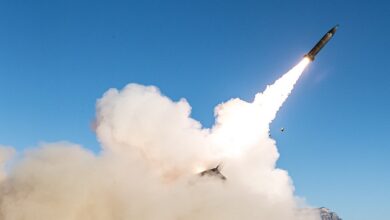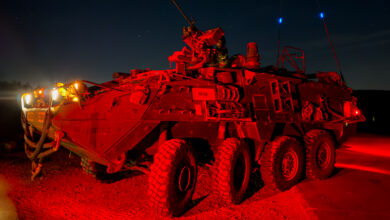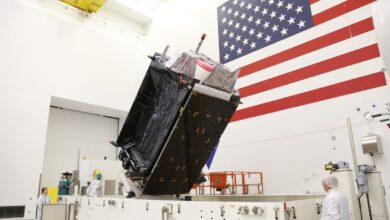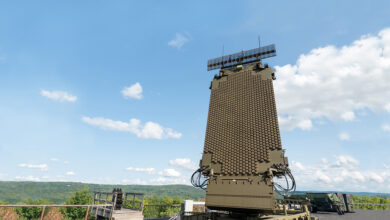Lockheed Martin has selected Voyager Space to provide an advanced upper stage solid-propulsion subsystem for the US Missile Defense Agency’s Next Generation Interceptor (NGI) defense capability.
Under the partnership, the Denver-based firm will lead the design and production of a “flight-qualified, production-ready subsystem” before the NGI’s expected delivery date.
Work for the agreement will be facilitated at Voyager’s engine systems center in Reno, Nevada.
The company wrote that its controllable solid-propulsion offering incorporates a regulator technology for long-endurance deployments and accurate flight trajectory.
The solution was matured through previous Small Business Innovation Research contracts signed by the Missile Defense Agency and the US Air Force.
Voyager noted that other configurations of its engine system are undertaking separate developmental projects to support future applications across the US joint forces.

“We are proud to be recognized by the Missile Defense Agency and be given the opportunity to provide our cutting-edge technology to Lockheed Martin for a mission of the highest importance defending and protecting our great country,” Voyager Defense Systems President Mike O’Brien stated.
Voyager’s latest contract followed a $94-million NGI project signed by its subsidiary Valley Tech Systems in December 2021.
The company acquired Valley Tech as its controllable solid hypersonic engine and intelligence, surveillance, and reconnaissance arm two months earlier.
The NGI Program
America’s NGI program is an effort to employ a missile defense asset to protect the homeland from emerging ballistic threats.
Interceptors produced through the initiative are designed to be part of the broader ground-based midcourse defense system, the government’s response to counter a wide array of projectiles such as ballistic and intercontinental ballistic missiles carrying conventional, nuclear, chemical, or biological warheads.
Lockheed won a $17.7-billion prime contract to manufacture the NGI missiles in April 2024.
The award followed the capability’s subsystem preliminary reviews as well as radio-based communication trials in 2023.
In May, the company teamed with L3Harris to produce engines for the weapon system.
The Missile Defense Agency will receive the first NGI as early as 2027.












